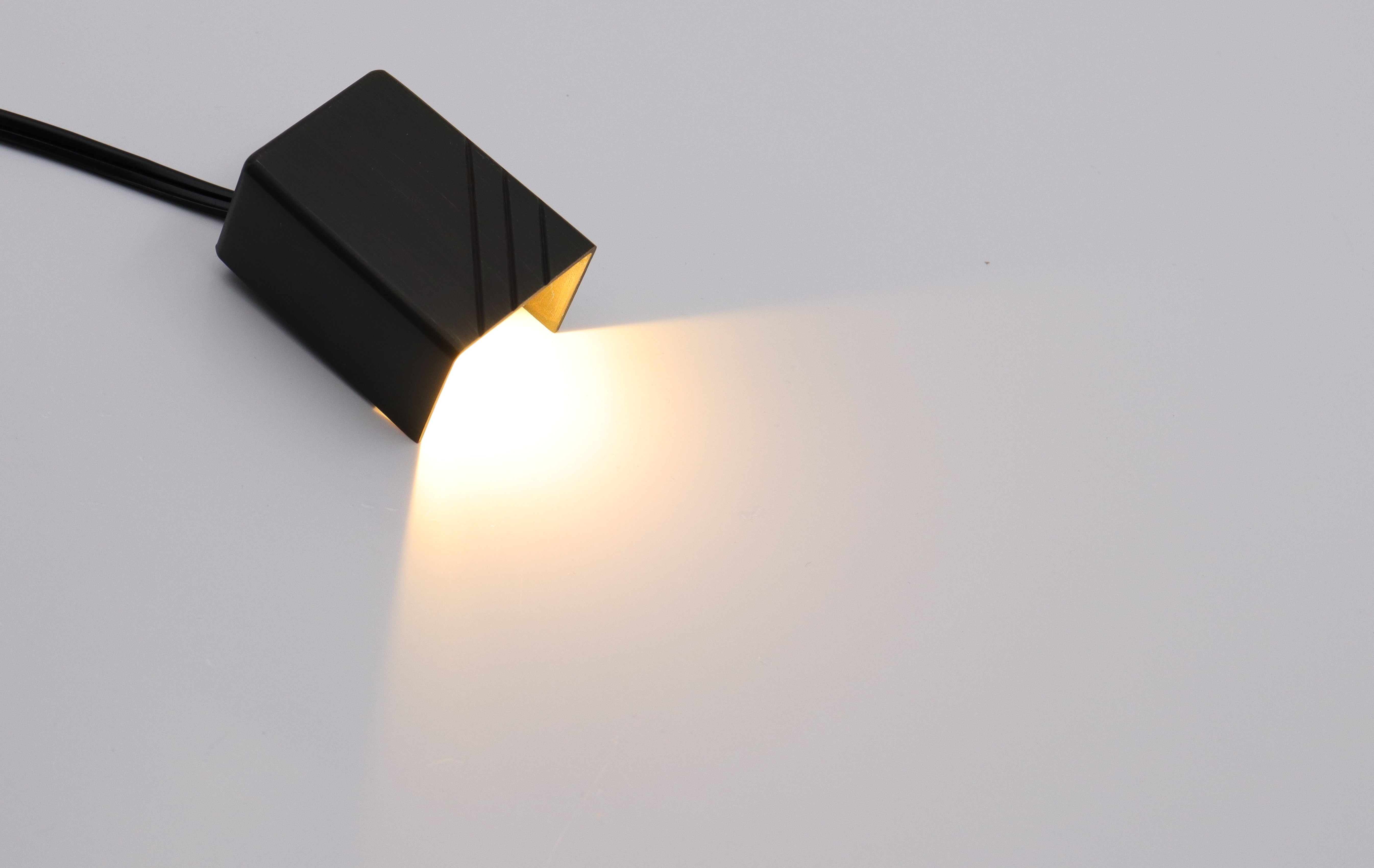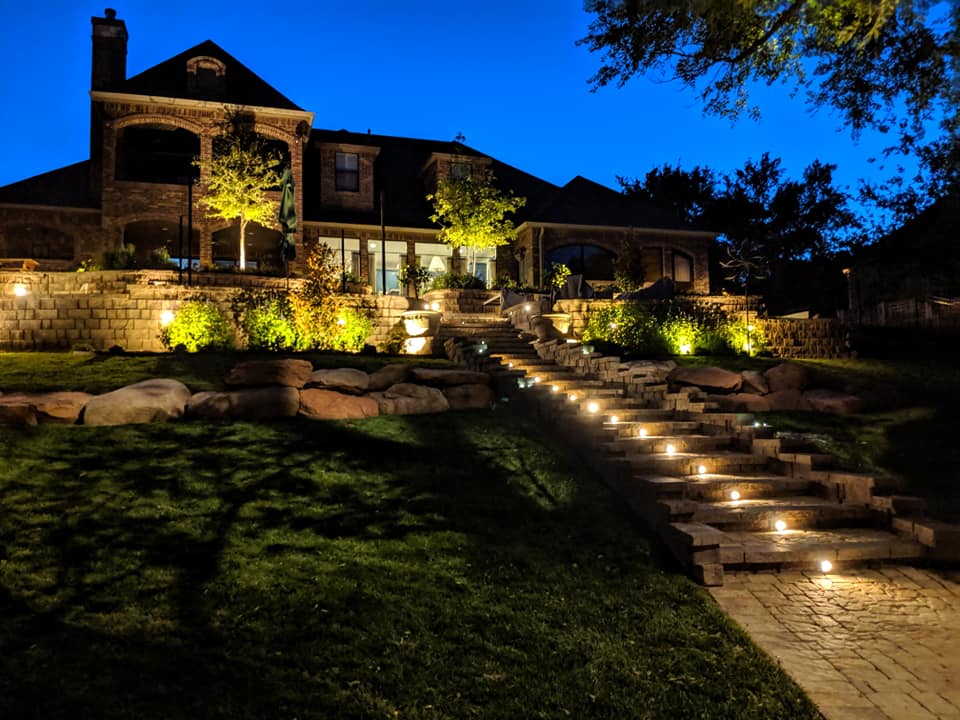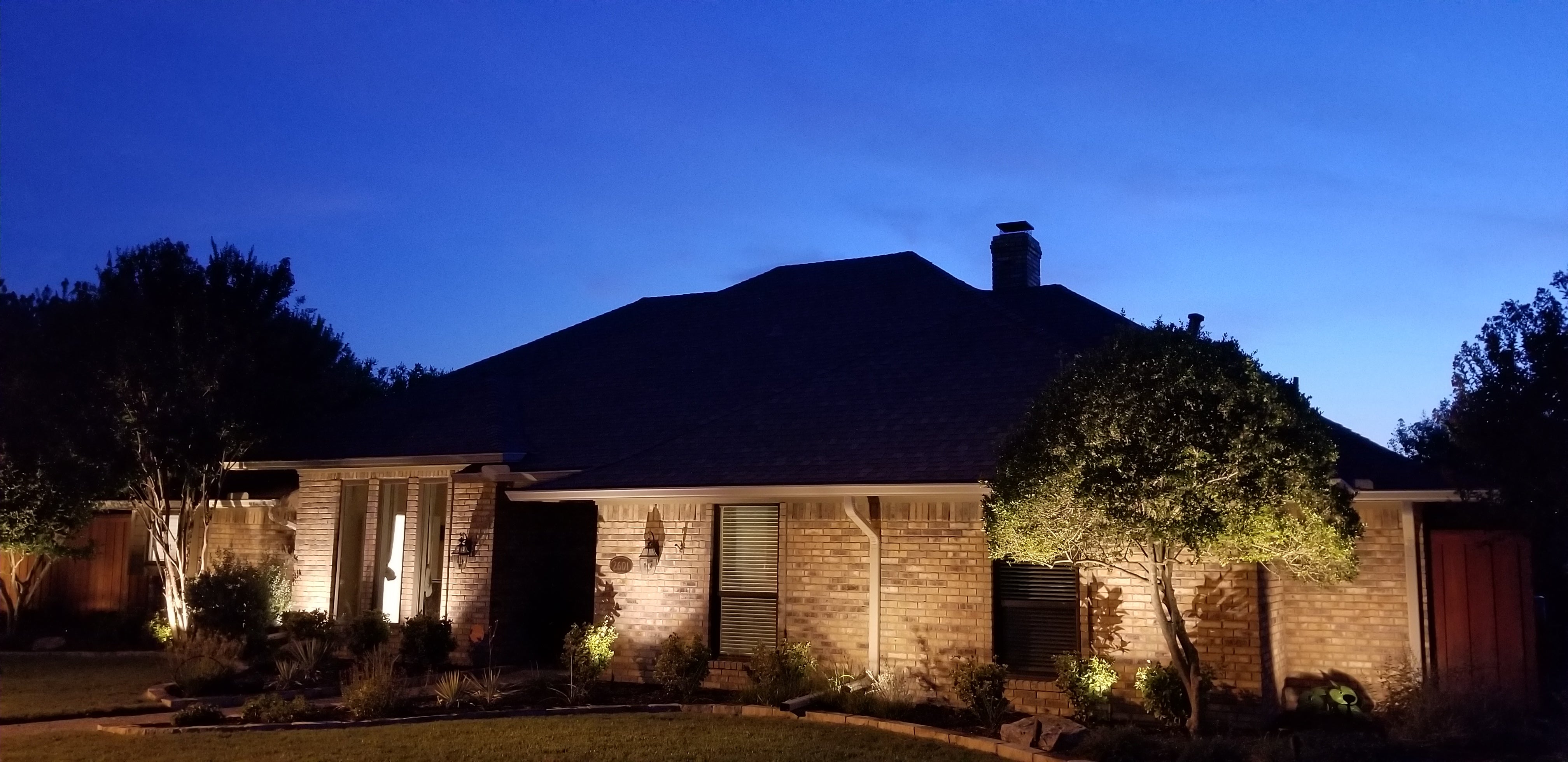Outdoor lighting can transform a landscape, highlighting architectural features, illuminating pathways, and creating dramatic effects after dusk. When planning a landscape lighting system, one of the first decisions is choosing between line voltage and low voltage lighting. Each has advantages and disadvantages depending on the setting and desired effects. This guide examines the key differences between line voltage and low voltage landscape lighting to help you select the best option for your needs.
What Is Line Voltage Lighting?
Line voltage landscape lighting utilizes the same 120-volt power source used to run lighting fixtures inside a home. Line voltage landscape lighting connects directly to a home's electrical system and is turned on using a standard light switch. The luminaires used must be rated for outdoor wet locations.
Line voltage landscape lighting provides bright, abundant light similar to standard light bulbs. The fixtures come in a range of wattages to produce anything from subtle accent lighting to a bright floodlight effect. Line voltage landscape lighting requires running 120-volt electrical wiring underground to each luminaire. The wiring must be buried at a proper depth and use exterior-rated materials to avoid damage. Having accessible 120-volt power at each fixture makes line voltage lighting a good match for higher wattage light bulbs.
What Is Low Voltage Lighting?
Low voltage landscape lighting runs on 12 or 24 volts supplied by an external transformer plugged into a standard 120-volt outdoor electrical outlet. The low voltage wire runs underground from the transformer to each low voltage fixture. The luminaires contain a small transformer to convert the low voltage power to the proper wattage. Low voltage lighting systems typically use LED bulb technology optimized to run on 12 or 24 volts.
Low voltage landscape lighting provides lower light levels suitable for accenting features and creating a soft ambiance. The benefit of low voltage systems is that the thin cables used pose minimal risk of shock or electrocution during safer DIY installation. Low voltage landscape lighting also uses less energy compared to line voltage bulbs producing similar light output. Transformers allow each lighting zone to be controlled independently.
Feel free to explore What are the Pros and Cons of Low Voltage Landscape Lighting? to know more about low voltage landscape lighting.

What Are the Differences Between Line Voltage Lighting and Low Voltage Lighting?
There are several noteworthy differences between line voltage and low voltage landscape lighting systems that impact their performance, installation, and suitability for various applications:
- Power Source – Line voltage lighting taps into the 120-volt electrical current from the main household wiring. This allows line voltage lighting to support higher wattage bulbs. Low voltage lighting runs on 12V or 24V current transformed down from 120V via a plug-in transformer. The lower voltage current enables safer DIY installation.
- Light Output – Line voltage lighting can produce brighter, more intense light. Low voltage lighting generates subtler illumination, better for ambiance.
- Wiring – Line voltage requires thick, buried electrical wiring. Low voltage only needs thin, flexible cables for easier installation.
- Safety – Line voltage poses a higher electrocution risk. Low voltage is safer, especially for homeowners.
- Energy Efficiency – Low voltage lighting uses significantly less electricity than line voltage systems.
- Zoning/Control – Low voltage systems allow greater control using multiple transformers. Line voltage is harder to segment.
- Installation – Line voltage typically requires professional electricians. Low voltage can be installed by DIYers.
- Cost – Line voltage fixtures are cheaper, but installation costs more. Low voltage has a higher fixture cost, but easier wiring.
While low-voltage lighting is great, it can sometimes be problematic. Read on How to Troubleshoot a Low Voltage Lighting System?
By understanding these key differences, you can determine which system better suits your specific landscape lighting needs. If high-intensity lighting applications are needed to illuminate large areas, line voltage is likely the better choice. For subtle ambiance and easier, safer installation, low voltage has clear advantages in residential settings.

Line Voltage Lighting vs. Low Voltage Lighting: Which Is Better for Landscape Lighting?
When it comes to residential and small commercial landscape lighting, low voltage systems offer several advantages compared to line voltage:
- Safety – 12V or 24V current reduces risk of electrocution or fire.
- Installation – No license required; great for DIYers.
- Ambiance – Subtle, decorative lighting for patios, gardens, and walkways.
- Energy efficiency – Uses far less power with LED technology.
- Control – Easy to zone and adjust using transformers.
- Damage resistance – Wires are flexible and less likely to break during landscaping.
However, line voltage shines in large-scale or commercial projects:
- Brightness – Supports powerful floodlights and wide-area illumination.
- Simpler wiring – No need for transformers in some cases.
- Lower per-fixture cost – Cheaper upfront hardware.
- Uses existing wiring – Works with standard 120V outlets.
- Specialty lighting – Only option for very bright fixtures.
For large-scale commercial landscape lighting projects or lighting recreational spaces like sports fields, line voltage is often the preferred choice due to its higher light output and simpler wiring requirements. Line voltage may also be the better option if very high wattage luminaires are needed to light up a large area.
In most residential settings, low voltage landscape lighting provides ideal accent and decorative illumination while avoiding the cost and complexity of installing line voltage electrical systems. Low voltage is also the safer choice for DIY landscape lighting installation. Make sure to calculate your lighting needs and evaluate costs carefully when deciding between line voltage versus low voltage. An experienced landscape lighting company can also provide guidance on the best system for your unique requirements.
Learn more How to Design a Landscape Lighting System in Your Home? can help you know about line voltage and low voltage better.
Conclusion
The choice between line voltage and low voltage landscape lighting comes down to a few key factors - light levels needed, size of area being illuminated, safety, complexity of installation, and ease of control. For many residential spaces, low voltage lighting systems are ideal since they provide flexible placement of subtle, accent-style lighting with minimal installation hassle and operational safety concerns. However, there are situations where line voltage lighting may be the better fit or the only option, for example when very high wattage output is needed. Carefully weighing the pros and cons of each approach will lead you to the best landscape lighting solution for creating your perfect outdoor ambiance.
Learn more: Do I Need a Transformer for Outdoor Lighting?
Also read: 10 Reasons Why Low Voltage Lights Are Good






Leave a comment
All comments are moderated before being published.
This site is protected by hCaptcha and the hCaptcha Privacy Policy and Terms of Service apply.